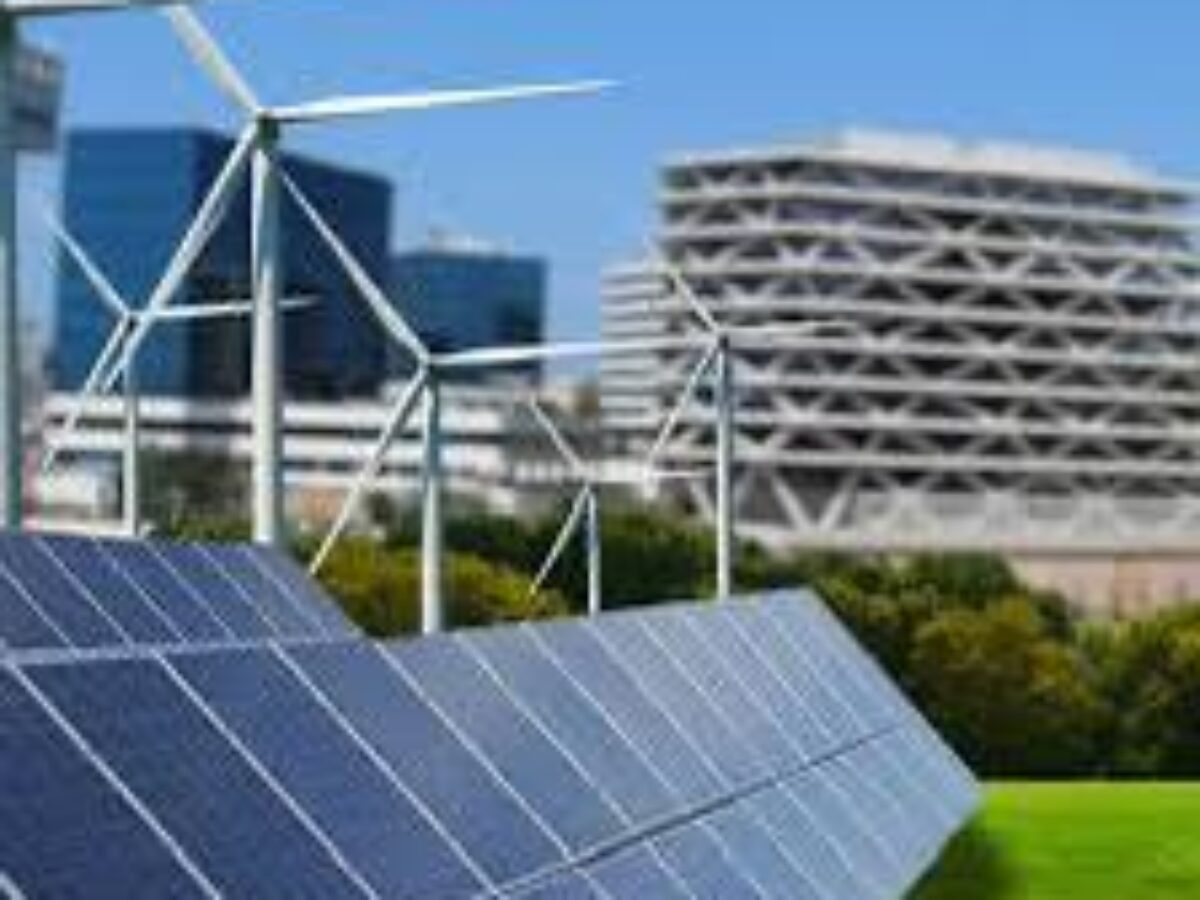Story by George Yawson Vineh
Ghana’s growing demand for electricity is pushing the country to expand its energy production capacity. But as the nation works to keep the lights on, concerns have arisen over the environmental impact of power generation.
This feature takes a critical look at how Ghana is trying to strike a balance between meeting energy needs and protecting the environment.
In the past decade, Ghana’s energy sector has made significant strides from the oil and gas fields offshore to the spread of solar power projects in rural communities. But each step forward comes with a question, how can the country generate enough power without damaging the environment?
Thermal power plants, which make up a large share of Ghana’s electricity, rely heavily on fossil fuels, contributing to greenhouse gas emissions. In coastal areas, offshore drilling brings revenue but also raises the risk of oil spills and marine pollution. And in rural communities, dependence on charcoal and firewood for energy fuels deforestation.
The government says it is committed to a greener path. Initiatives under the Energy Transition Framework aim to increase renewable energy use to at least 10 percent of the national mix by 2030. Solar mini-grids, wind feasibility studies, and waste-to-energy projects are already underway.
But this has elicited a response from Executive Director at the Centre for Environmental Management (CEMSE) Benjamin Nsiah.
According to him, protecting water bodies, cutting emissions, and ensuring proper waste management will be key to making energy growth sustainable.
He has further admonished government to facilitate accessibility of the cylinder recirculation model to all rural communities or lose achieving the 2030 goals set on renewable energy.
As Ghana looks to the future, the challenge remains clear, delivering power for development, while keeping the environment safe for generations to come.


